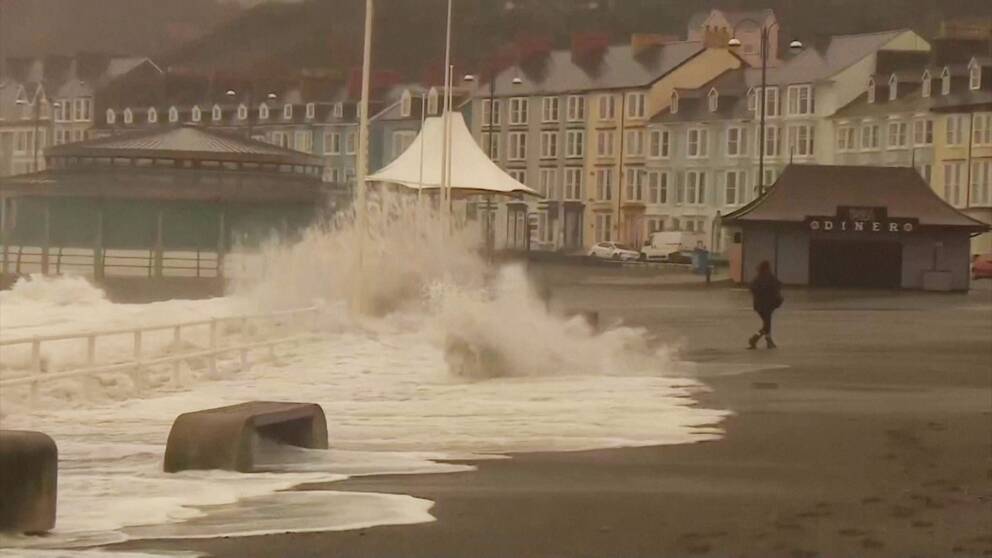From midnight and for about four hours onwards, Sweden's electricity prices were at minus. Between one and two o'clock on Monday night, the electricity cost minus 0.2 öre per kilowatt hour, according to figures from the Nord Pool electricity exchange.
"This is the first time this has happened in Sweden," says Stina Johansen, Head of Communications at Nord Pool.
Rapidly spinning wind turbines as a result of the storm Ciara's progress, combined with the mild weather at night, contributed to the electricity prices being pushed down at night, according to Stina Johansen.
- When it blows more, there is more supply of wind power, while demand is not as great that time of day. It was also mild weather, and then you do not use as much electricity for heating, she develops.
Swedish power grid: "Very unusual"Preliminary figures from the Swedish power network show that the wind turbines accounted for a large part, about 37 per cent, of Sweden's total electricity generation during Sunday evening and the night when the wind was strongest.
"It's very unusual," says Erik Ek, strategic operations manager at Svenska kraftnät.
Balancing electricity production when there is a lot of wind is a challenge, he says.
- Then you can participate and parry when the wind pleases to reduce or increase sharply. When the wind drops, you need to increase hydropower, says Erik Ek.
SVT News has previously reported that record investments are currently being made in the Swedish wind power.
How strong a storm can withstand a wind turbine in Sweden?
- Sometimes it has to turn itself off because the wind is so strong that it risks damaging the wind turbine. It happens when it blows between 23 and 28 meters per second. Then there is some automation that protects the work, no man controls it, concludes Erik Ek.
The browser is not supported
SVT does not support playback in your browser. We therefore recommend that you switch to another browser.
Learn more about browser support
Javascript is turned off
Javascript must be turned on to play video
Learn more about browser support

